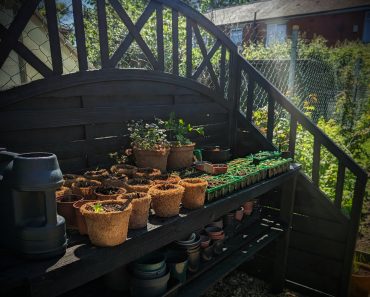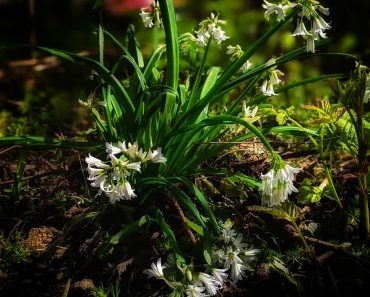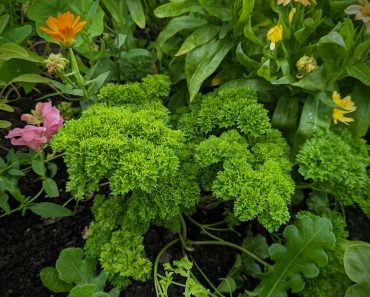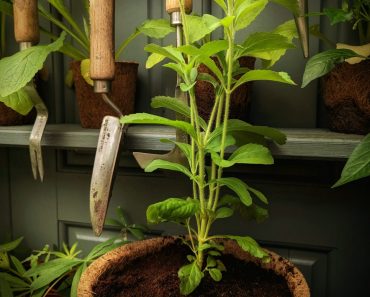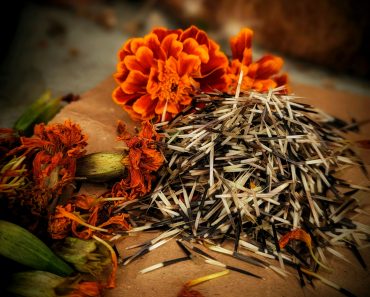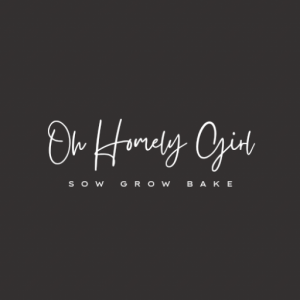Learn how to Sow, Grow and Harvest Milk Thistle and make your own healing tea! Milk thistle is an ancient but Menacing looking plant. But don’t let the spikes put you off this beautiful plant with its white veined leaves and Vibrant Purple Thistle blooms, is a friend, find out why….
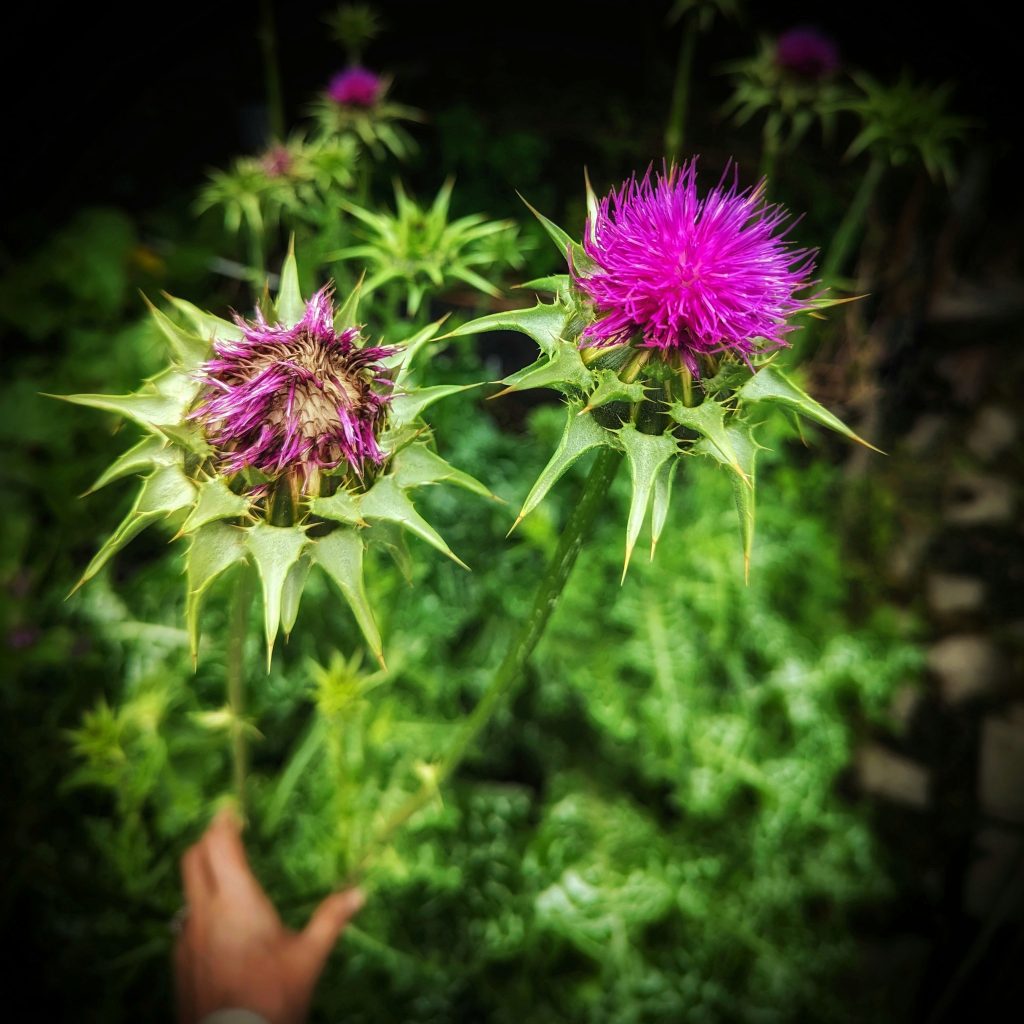
This post may contain affiliate links please see my disclosure policy
The Health Benefits of Milk Thistle Tea
Milk thistle has high levels of antioxidants, including the flavonoid Silymarin, which is responsible for many of Milk Thistle’s disease preventing benefits. Here are Five reasons why Milk Thistle is good for you…
Liver Health
The Liver has a very important job to do! It is responsible for detoxing the blood and processing toxins. These Toxins can sometimes damage the liver if it is not protected by antioxidants. Some Antioxidants such as Glutathione are produced naturally by your liver, however, as we age the amount declines. So where does Milk thistle come in? It has been scientifically proven that Milk Thistle is able to boost the livers capability of producing more Glutathione and so aids the liver to work more sufficiently.
The antioxidant Silymarin which Milk Thistle is rich in , is a powerful substance that protects Liver Cells against mutation and damage. Making Milk Thistle a helpful aid for preventing Liver Cirrhosis and other Liver diseases.
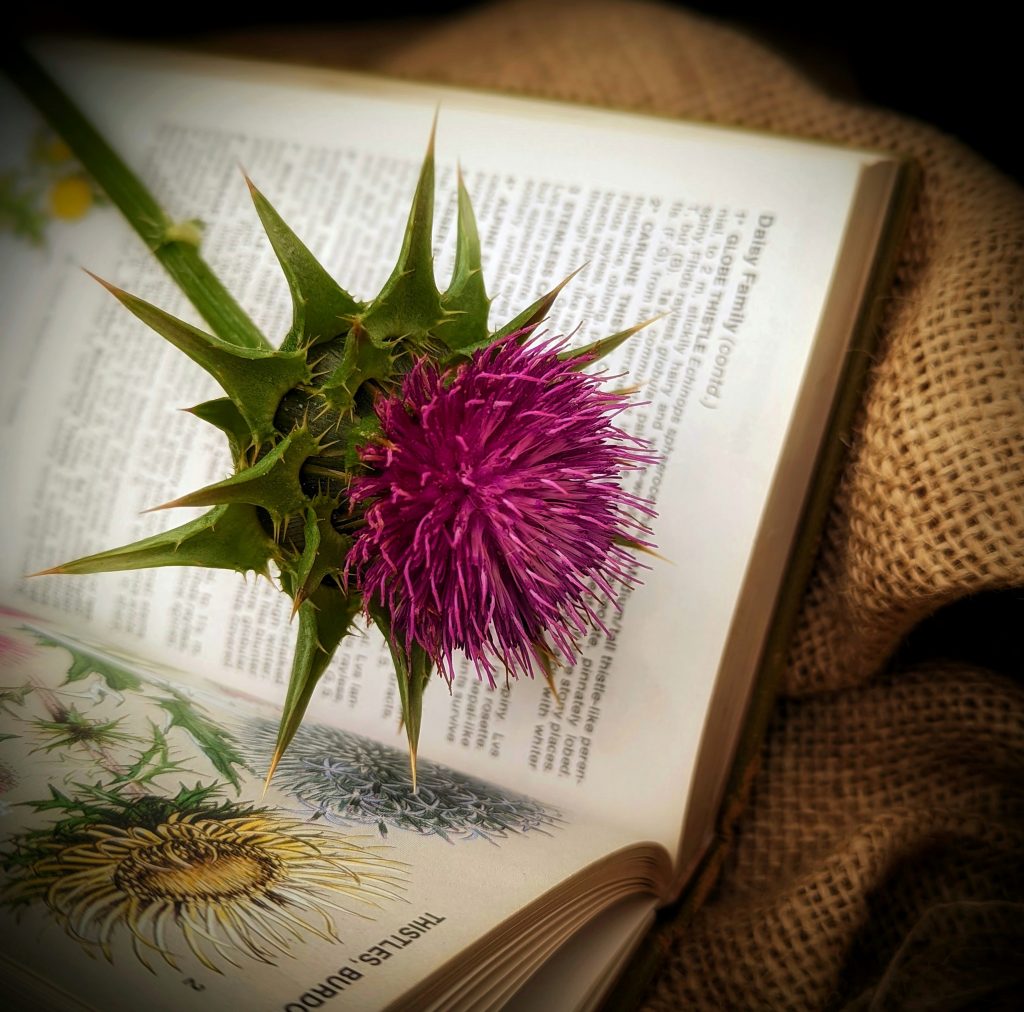
Blood Sugar Benefits
Back to Silymarin! This active substance can help control blood sugar levels too. Studies suggest that Silymarin significantly reduces blood sugar levels and could potentially help with conditions such as diabetes. Drinking milk thistle tea alongside a meal may also help prevent blood sugar spikes. Prediabetic? Supplementing with milk thistle regularly could help lower your risk of developing Diabetes.
Helps With The Ageing Brain
As we age Amyloid plaque can increase in the brain, Amyloid Plaque has been proven to be a major contributor towards the progression of Dementia and Alzheimer’s disease. As we age, so does the brain and the natural detoxification mechanisms we rely on can become less efficient in removing Amyloid plaque buildup. Studies have suggested that Milk thistle may be able to help by reducing amyloid plaque in the brain.
Nursing Mothers
The Silymarin in Milk Thistle can help increase the production and flow of breast milk in lactating mothers. Studies have shown that drinking Milk Thistle tea or taking a Milk thistle supplement, yielded a notable increase in Breast Milk production when taken daily. A wonderful remedy for mothers who are struggling with a low milk supply
Postmenopausal Care and Bone Health
Drinking Milk Thistle tea or Supplementing daily with milk thistle could help menopausal and postmenopausal women prevent Osteoporosis. Menopause can significantly speed up bone loss and increase the risk of Osteoporosis in Menopausal women. The thinning of bone density can increase the likelihood of fractures and breaks, the Silymarin in Milk Thistle has been proven to help the condition by reducing bone loss.
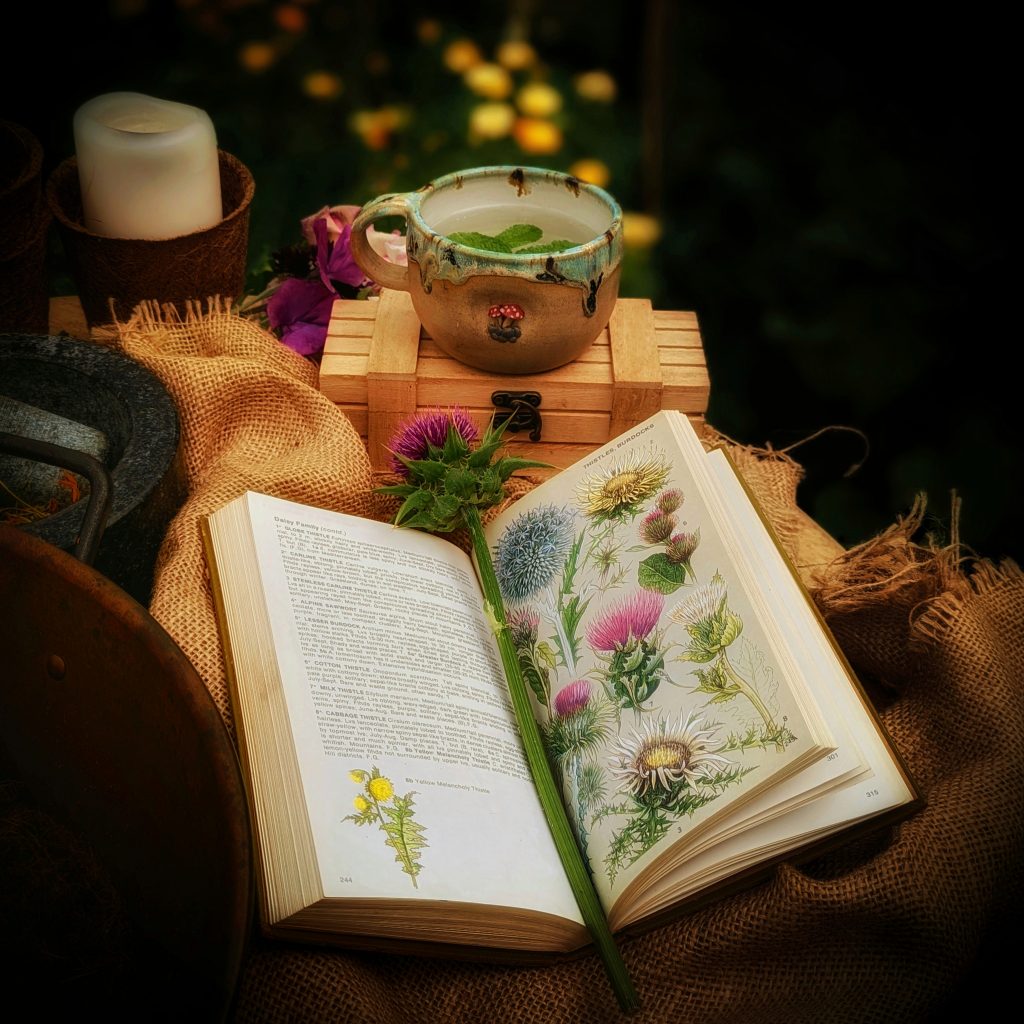
How to Grow Milk Thistle
The Annual Milk thistle (also called SILYBUM MARIANUM) may be prized for its medicinal properties, but warning, it can be invasive if not maintained properly. A single plant can produce over 6,000 seeds that can stay viable for up to nine years! To Combat this, keep your Milk Thistle patch Small and dead head any dying flower heads.
How To Sow Milk Thistle Seeds
- Seeds can be started indoors 4 to 6 weeks before the last spring frost, in trays, modules or pots, on a warm windowsill. Or direct-sow seeds outside after all danger of frost has passed, to a depth of 1/2 inch.

Growing On
If growing in a tray or grouped like above, prick out and pot on into individual pots. Allow them to grow a little longer to put on extra foliage. Be sure to Harden Off young Plants before planting out after the last frost s.
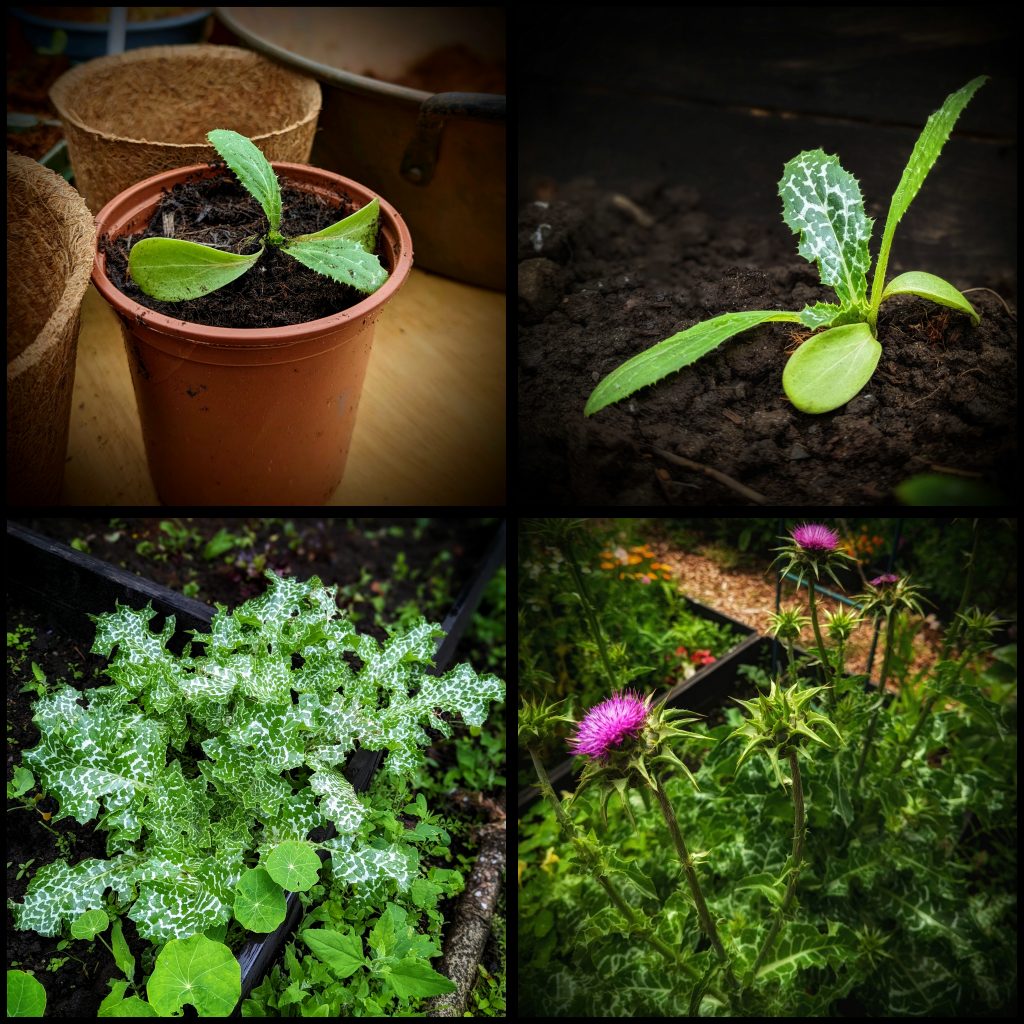
What Does Hardening Off Mean?
Plants raised indoors or in a greenhouse environment, need to be acclimatised to cooler temperatures and increased air movement for about two to three weeks before they are planted outdoors permanently . This is a ‘toughening up’ practice to prepare the plants for their new environment.
How to Harden Off
Place your plants out for a couple of hours in a shady part of the garden. The next day, leave them out again for two hours, but this time allow the plants an hour of direct sunshine in the morning. Gradually continue to increase the length of time the plants are in direct sunshine over the course of roughly two weeks.
Milk Thistle Soil Requirements
A very fuss free plant, Milk Thistle tolerates a variety of different soil types. When seedlings are around 3 inches high, thin to 10 -12 inches apart.
Common Milk Thistle Pest Problems
It seems Milk Thistles sharp appearance scares off all the pests! No pest problems to mention.
Harvesting Milk Thistle for Tea

Which Part of The Milk Thistle is Used for Tea?
Answer: The Seeds. Here’s how I harvest them…
Take a pair of sharp scissors or pruners and cut the stalk a few inches below the spent flower head. Hang indoors to dry out for a few days, then gently pull the fluff away from the flower head to reveal the seeds (see below) Separate the dry seeds from the fluff and store in a jar.
How to prepare Milk Thistle seeds for Tea
Place whole milk thistle seeds in a coffee grinder or use a Pestle and Mortar, grind into powder. Place 1 tsp of powdered seeds into tea ball. Pour boiling water into a cup with the tea ball and allow to steep for roughly 5 minutes.
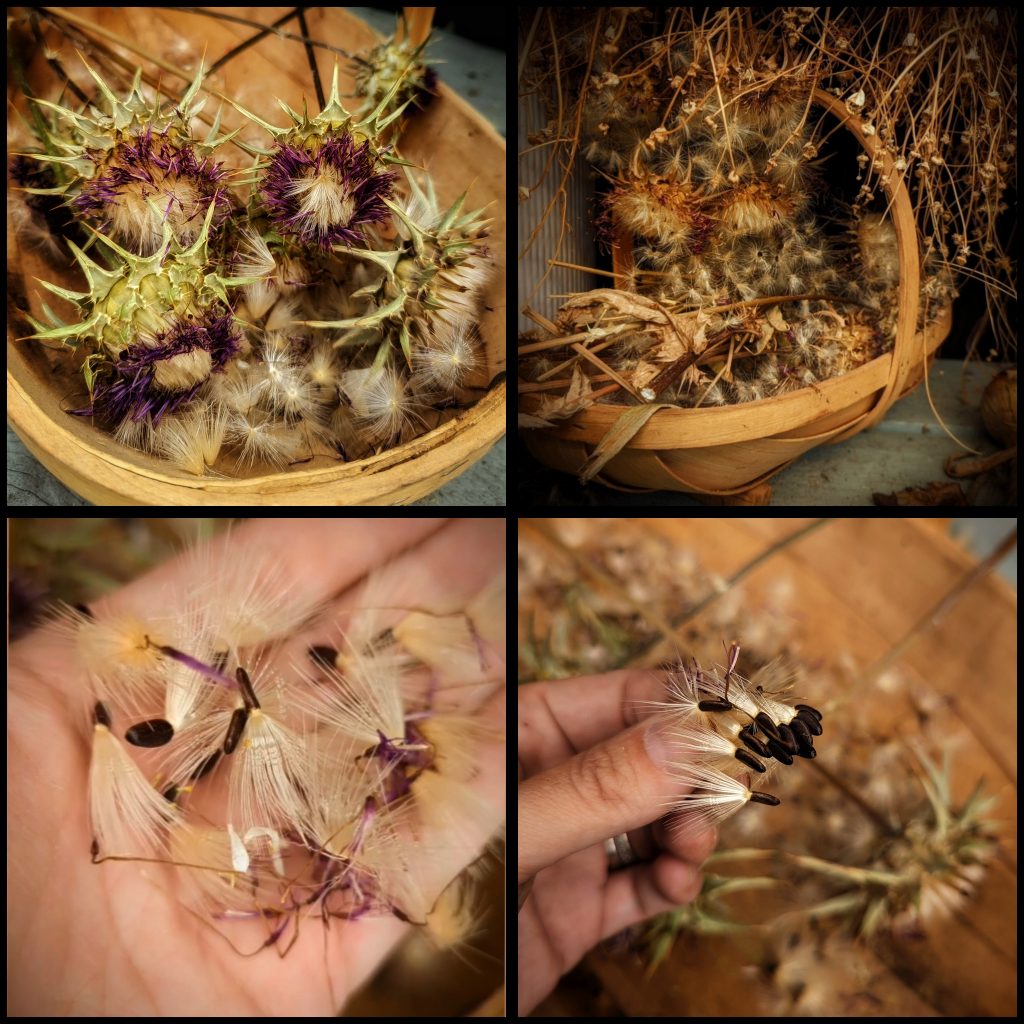
Looking for More Homegrown Tea?
More flower growing Posts
*Any specific health claim or nutritional claims or information provided on the Website are for informational purposes only. Nothing on the Website is offered or intended to be a substitute for professional medical, health, or nutritional advice, diagnosis, or treatment. This Website is not intended to diagnose, treat, cure or prevent any disease. You assume full responsibility for consulting a qualified health professional regarding health conditions or concerns

